
Mirages are like nature’s way of trolling us. Just when we thought we’ve seen it all, nature decides to mess with our minds by showing us something that’s not actually there. Or not the way we see it.
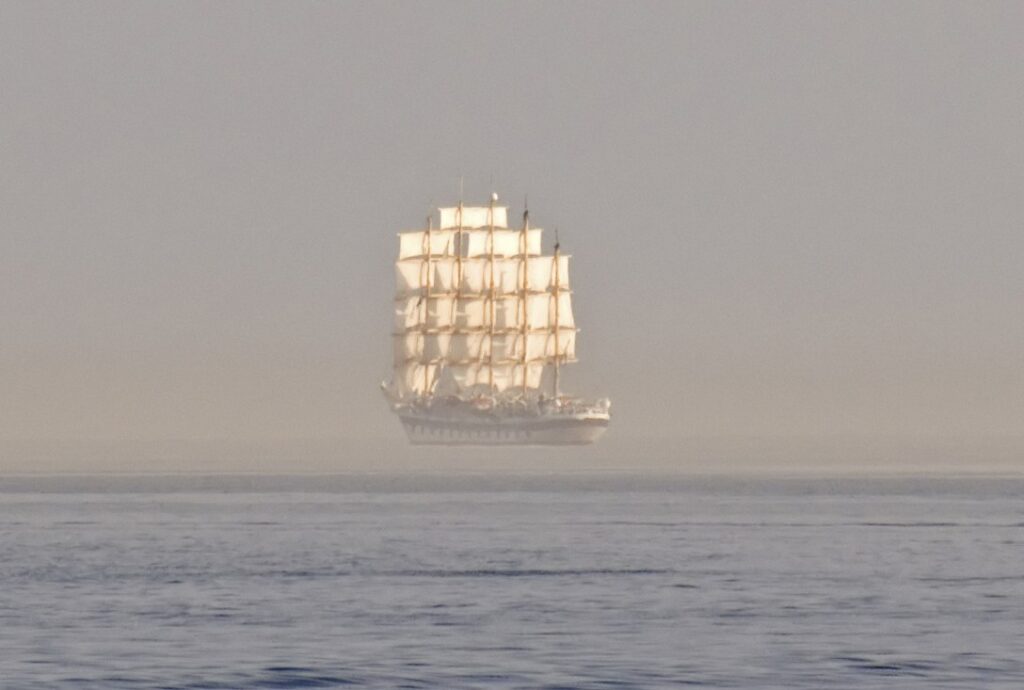
But mirages are no hallucination. They are a real optical phenomenon that can be captured on camera, since light rays are actually refracted to form the false image at the observer’s location. What the perceived image appears to represent, however, is determined by the interpretive faculties of the human mind. For instance, mirages on land can be easily misinterpreted as reflections from a small body of water.
Mirages are optical illusions caused by the refraction of light in Earth’s atmosphere. They can appear in a variety of settings, from deserts to roads to over large bodies of water. Mirages occur when the light traveling through the air is bent due to the variation in the air’s temperature and density.
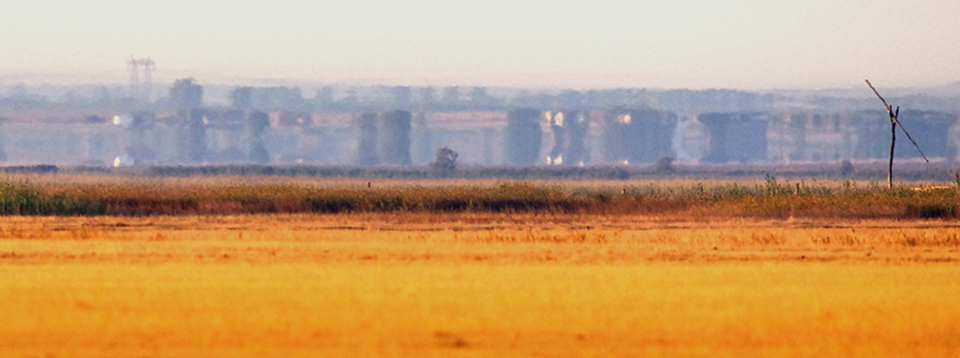
One of the most common types of mirages is the inferior mirage. This type of mirage creates the illusion of water on a road or on the horizon, where there is none. The light from the sky is bent by the air closer to the ground, creating a virtual image of the sky on the ground.
The brain interprets this image as a body of water, since that is what we often expect to see on the road or on the horizon.
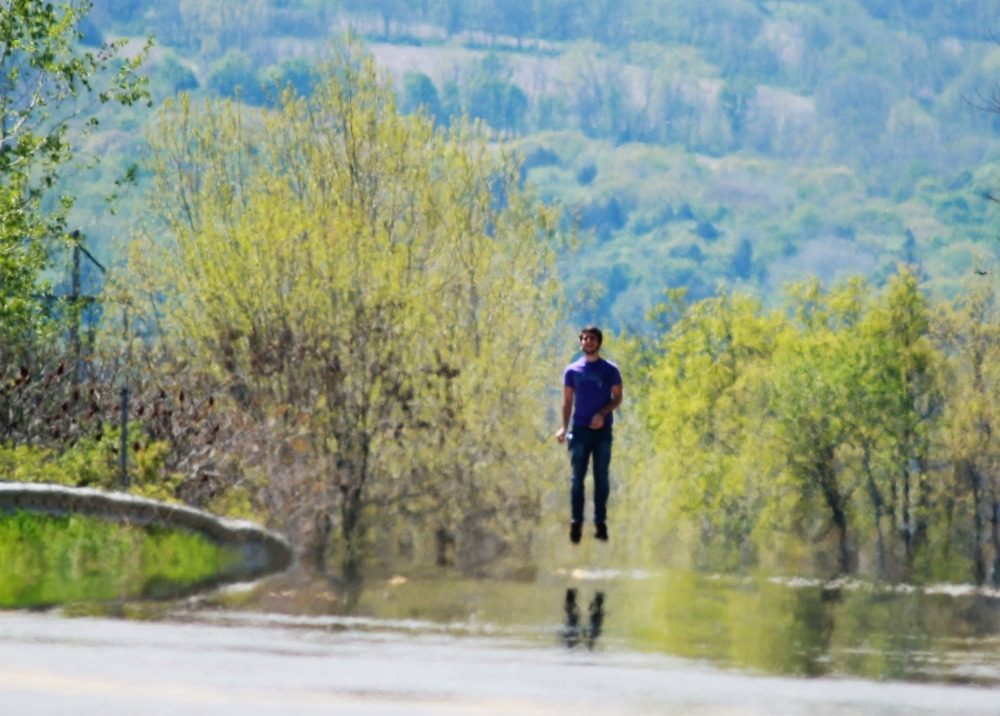
Another common type of mirage is the superior mirage. This type of mirage creates the illusion of objects appearing above their actual position, such as a ship appearing to be floating in the air (see sailing ship above and boat below). This is caused by a layer of cool air over a layer of warmer air, which causes the light to be bent upwards. The brain interprets the image as being higher than it actually is.
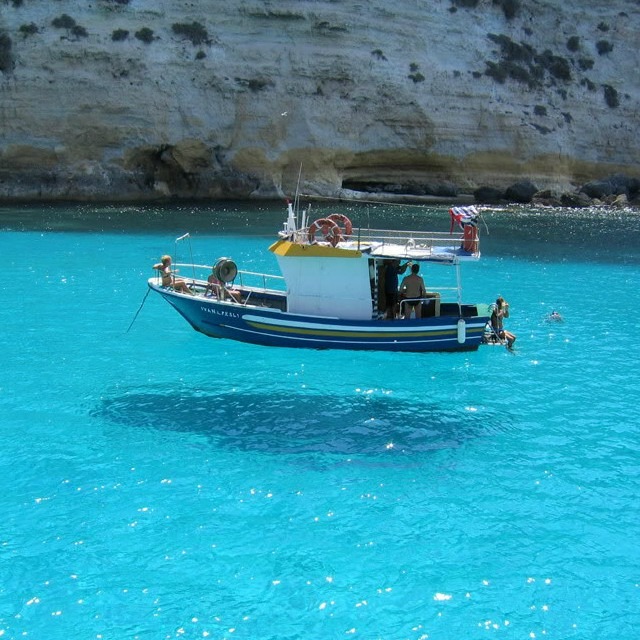
Fata Morgana mirages are a more complex type of mirage, named after the fairy in Arthurian legend. They are often seen over large bodies of water or in deserts, and can create the illusion of a city skyline (second image above) or other elaborate images. These mirages are caused by the bending of light through different layers of air with varying temperatures and densities.
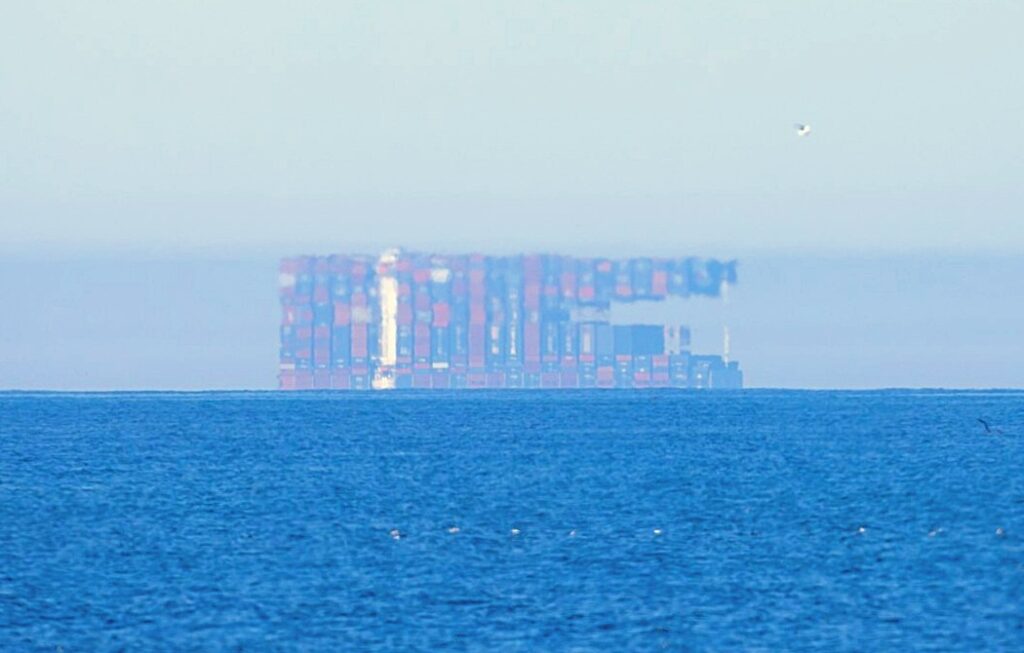
Mirages have been the subject of many myths and legends throughout history. In ancient Greece, mirages were believed to be the work of sirens, luring sailors to their death with the promise of water. In some parts of the world, mirages have been believed to be omens of impending danger or good fortune.
The legend of the Flying Dutchman, a ghost ship doomed to sail the seas forever, originated in the 17th century. During the 19th and 20th centuries, sailors reported seeing light emanating from the phantom vessel, believed to be the Flying Dutchman’s signal to the dead. The mere sighting of the Flying Dutchman was thought to be an omen of imminent catastrophe at sea. Today, most experts attribute the Flying Dutchman legend to the Fata Morgana phenomenon.
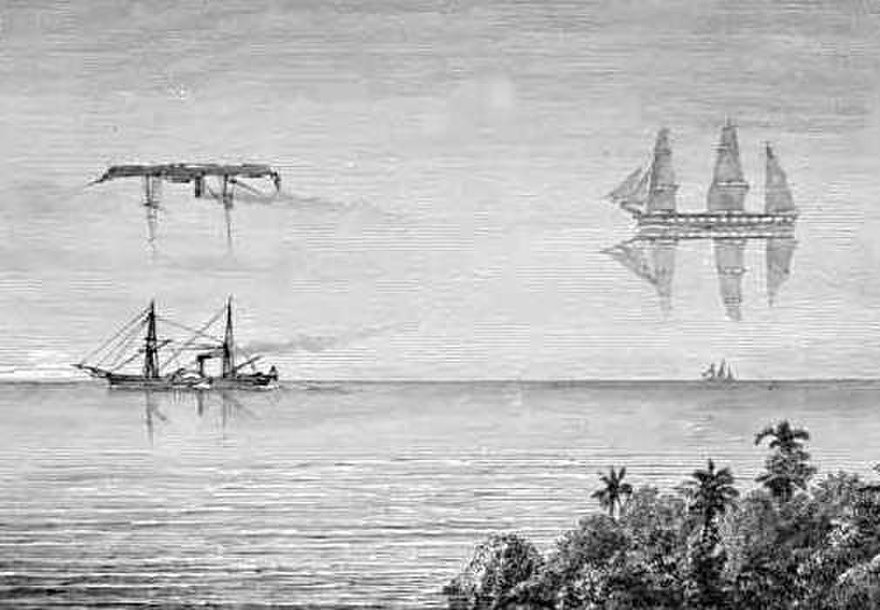
In addition to their historical and cultural significance, mirages also have practical applications. For example, they can be used to locate sources of water in the desert, since they often appear over areas where there is water underground. They can also be used for military purposes, such as concealing the position of troops or vehicles.
Mirages can occur both during the day and at night, given the right conditions. At night, mirages of celestial objects or artificial lights from vehicles, airplanes, ships, buildings, and other sources can be observed under certain circumstances.
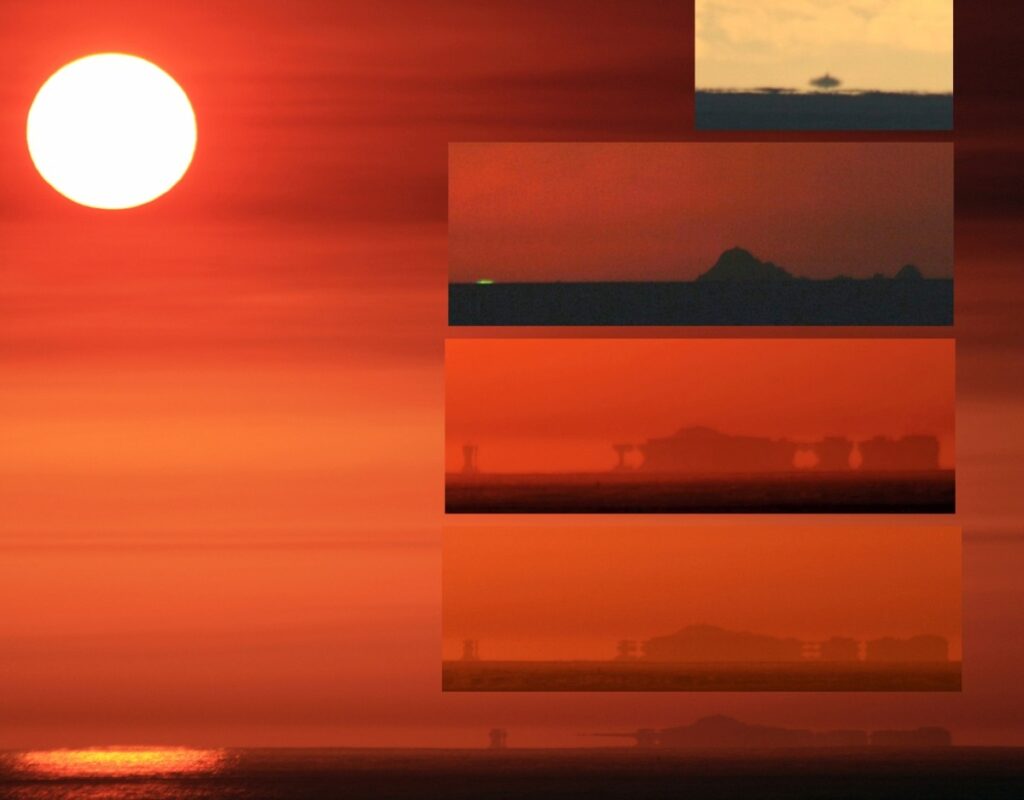
Mirages are a fascinating natural phenomenon that have captured the imagination of people throughout history – and for a reason. They may be confusing, but they’re also a reminder of the power of our minds to shape our perception of reality.

Leave a Reply